
Uji, Kyoto
Amagase Dam
A dam on the Yodo River system, the only outlet from Lake Biwa
The Uji River, which flows through Uji City, is part of the Yodo River system. This system forms the only outlet to Lake Biwa, the largest lake in Japan. The Amagase Dam was constructed in 1964 as the first multipurpose dam on the Yodo River system, combining the three functions of flood prevention, drinking water supply, and electricity generation on the Uji River. The Amagase Dam is currently undergoing redevelopment to install a tunnel-based discharge facility on its left bank. This will increase its current discharge capacity, thereby providing flood control for the Uji and Yodo Rivers, enhancing flood defense around Lake Biwa, securing Kyoto Prefecture’s water supply, and increasing power generation capacity.
- One of only a few dome-shaped
concrete arch dams - Concrete arch dams are also known as arch dams.
The mechanical properties of the rounded arch shape transfer most of the water pressure to
the bedrock on either side, allowing the dam to be made thinner.
This is economical, but requires the rock to be strong enough to withstand the water pressure.
Its gentle curves, which you would not expect from concrete, are very attractive.
- The dam closest to the city center
- Downstream, along the Uji River, there are two World Heritage Sites:
Byodo-in Temple and Ujigami Shrine.
The Amagase Dam’s reservoir also provides a habitat for wild birds.
The surrounding area, famous for its cherry blossoms and
autumn leaves, is rich in natural beauty.
Amagase Dam
Facility information
| Name | Amagase Dam |
|---|---|
| Location | Uji, Kyoto |
| Purpose | Multiple (flood control, water supply, power generation) |
| Size | Length: 254 m, Height: 73 m; water storage volume: 26.28 million m³ |
| Plans finalized | 1954 |
| Date completed | 1964 |
| Management | Amagase Dam Management Branch, Yodogawa Dam Integrated Management Office, Ministry of Land, Infrastructure, Transport and Tourism |
Guide to the area and sightseeing
The area around Amagase Dam features many historic buildings and other sightseeing spots,
so don’t miss the chance to see what Uji City has to offer.
-
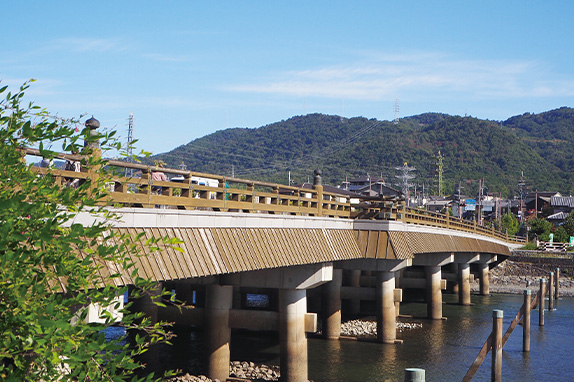
Uji Bridge
It is said that a bridge was first built here in the year 646, but the current bridge was completed in March 1996.
The upstream side of the bridge is designed with an extended floor structure called “San-no-ma,” enshrining Hashihime, the bridge’s protective deity. An anecdote goes that Toyotomi Hideyoshi once had water for a tea ceremony collected from this area.
The tea festival held in the city each year includes a water-drawing ceremony performed here. About 2,000 cherry trees bloom in the area upstream, and the view from Uji Bridge is spectacular.Contact
- Uji City Tourism Center
- Address: Higashiuchi, Uji, Uji, Kyoto
- TEL: 0774-23-3334
-
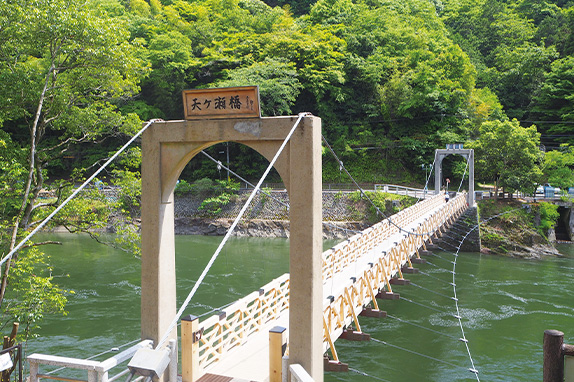
Amagase Suspension Bridge
This bridge is a little over two meters wide and about 54 meters long.
It is supported by thick wire ropes connecting the anchors on each bank, while the parapets and walkway are made entirely of wood, blending in with the landscape.
The bridge is for foot traffic only, and is recommended for hiking courses. You can also enjoy the feel and smell that only natural wood provides.Contact
- Uji City Hall
- Address: Uji, Uji, Kyoto
- TEL: 0774-22-3141
-
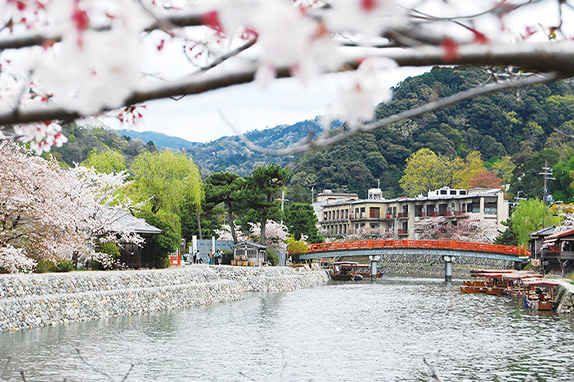
Prefectural Uji Park
Uji Park consists of the islands of Tonoshima and Tachibanajima, which lie in the Uji River, and Yorimichi Park on the left bank.
The riverbanks, Tonoshima, and Tachibanajima are connected by the Kisenbashi, Tachibanabashi, Asagiribashi, and Nakanoshima, making it a popular spot for tourists and residents to rest and walk around in.
In spring, it also serves as the venue for the annual Ujigawa Cherry Blossom Festival.Contact
- Uji City Hall
- Address: Tougawa, Uji, Uji, Kyoto
- TEL: 0774-22-3141
-
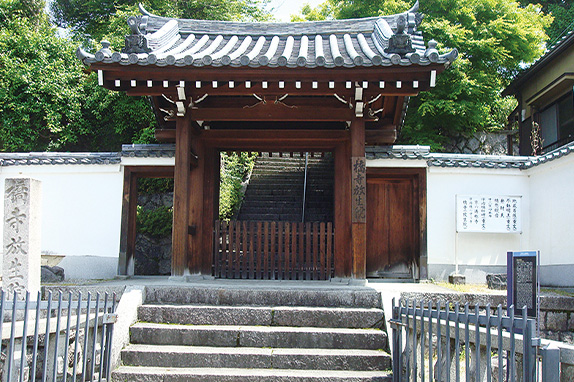
Hashidera (Hojo-in) Temple
Said to have been built at the orders of Prince Shotoku in 604, this temple is popularly known as “Hashidera”, or the bridge temple, for its close association with the Uji Bridge.
In the temple precincts, there is a stone monument called “Ujibashi Danpi” that tells of how the Uji Bridge was built.
Fee: 500 yen for the main hall, 300 yen for the Ujibashi Danpi (Inquiry in advance required for tours)Contact
- Address: 11 Higashiuchi, Uji, Uji, Kyoto
- TEL: 0774-21-2662
-
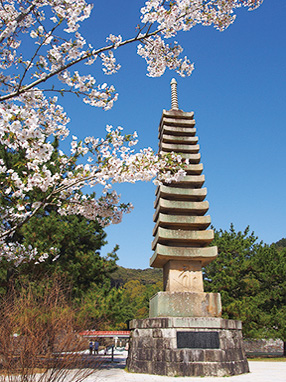
Thirteen-Story Stone Pagoda
This 15-meter high stone pagoda, the tallest in Japan, was built in 1286 by Eison, a Buddhist monk from Saidai-ji Temple.
He believed that the recent destruction of the Uji Bridge had been caused by the spirits of fish. To calm the spirits and pray for the safety of the bridge, he buried a net and other fishing equipment here and built the stone pagoda on top.Contact
- Uji City Tourism Center
- Address: Tougawa, Uji, Uji, Kyoto
- TEL: 0774-23-3334
-
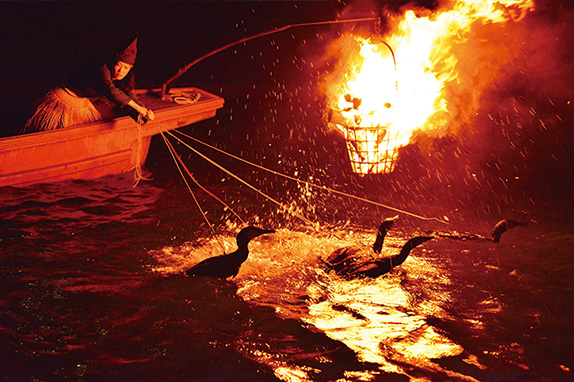
Cormorant Fishing on the Uji River
Cormorant fishing on the river is led by two female cormorant fishers, who display brilliant skills in handling the birds’ reins.
In 2014, Japan’s first artificially hatched cormorant chicks were born here, and the fishers take care of them with love and affection.
On a summer night, enjoy the spectacular world of cormorants and their handlers working in unison.
Season: July to SeptemberContact
- Uji City Tourism Center
- Address: Tougawa, Uji, Uji, Kyoto
- TEL: 0774-23-3334
- https://www.kyoto-uji-kankou.or.jp/ukai.html
-
Uji, the city of tea
The history of Uji tea
It is said that tea was introduced to Uji by the monk Myoe Shonin in the Kamakura period.
In the Muromachi period, seven famous tea gardens and seven famous springs grew up in Uji, and under the patronage of Sengoku-era warlords such as Oda Nobunaga and Toyotomi Hideyoshi, it became known for its tea production.
The Edo period saw the emergence of Uji tea masters, and the area established itself as one of high-quality tea. This included the annual “Ochatsubo-Dochu (Tea Pot Journey)”, in which tea was presented to the Tokugawa shoguns in Edo.How Uji tea is made
Uji tea gardens use a cultivation method called “Ooishita”, in which the tea is covered before picking.
This technique is unique to Uji, and by blocking the sunlight with a canopy, it is said to enhance the flavor of the tea leaves.
Even today, harvesting is still performed by hand. Tencha (the raw material for matcha powder) and gyokuro, which are made from only carefully chosen new shoots, are highly prized by tea drinkers.Tea and Uji Town Historical Park Chazuna (provisional name)
This facility is aiming to open in June 2021. There park will be made up of two zones: the “Historic Site Zone” and the “Exchange Zone”. In the Historic Site Zone, there will be recreations of restored cultural properties, and a landscaped tea garden where visitors can try picking tea for themselves. In the Exchange Zone, there will be a museum to showcase the history and culture of the city and the appeal of its tea in an easy-to-understand way. Other facilities and restaurants will offer a number of different ways to experience Uji tea.
The museum tells the history of Uji tea and how its production spread throughout Japan, revealing the secrets of the tea’s color, taste, aroma, composition, benefits, and more.
It will also tell the history of Uji City and introduce its famous landmarks, including Byodo-in Temple, Uji Shrine, Ujigami Shrine, and Uji Bridge, along with a photo spot where visitors can take commemorative photos.
For more information, see: https://uji-chazuna.kyoto/
*This is an illustration at the preparatory stage and may differ from the completed design.
Contact
TEL: 0774-24-2700
-
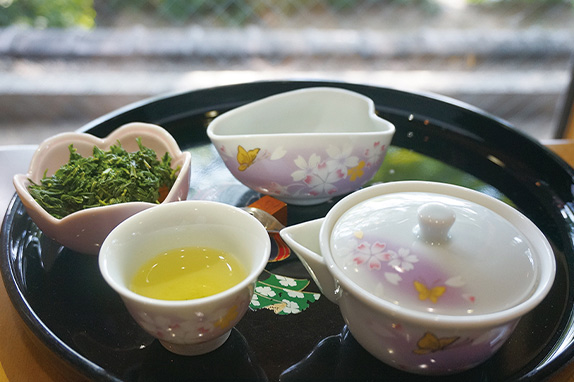
Uji Tea Ceremony Hall Takumi-no Yakata
This facility offers hands-on activities where you can brew, drink, and eat Uji tea.
A Tea Instructor will carefully explain how to brew delicious gyokuro and matcha.
In addition to the tea rooms, there are also classes on how to brew tea and a game called “Chakabuki”, where you try to guess the different varieties.
Opening hours: 11:00 a.m. - 5:00 p.m. Closed: Wednesdays, August 14-16, December 29-January 4Contact
- Address: 17-1 Mataburi, Uji, Uji, Kyoto
- TEL: 0774-23-0888
- https://www.ujicha.or.jp/匠の館/
-
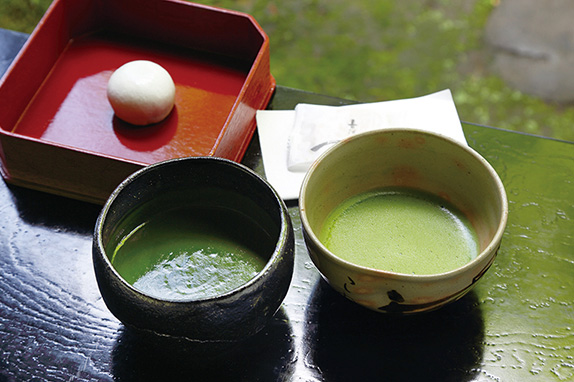
Uji City Municipal Tea House Taihoan
The tea house, named for its location across from the Phoenix Hall of Byodo-in Temple, is directly operated by Uji City, a rarity in Japan.
You can watch a tea master in a kimono perform a tea ceremony, as well as trying it for yourself. The fragrant Uji tea is served with seasonal Japanese sweets. Even if it is your first time, the staff will be happy to teach you, so please feel free to drop by.
Opening period: January 10-December 20 Opening hours: 10:00 a.m. - 4:00 p.m.Contact
- Uji City Tourism Center
- Address: Tougawa, Uji, Uji, Kyoto
- TEL: 0774-23-3334
- https://www.kyoto-uji-kankou.or.jp/taihoan.html
Access
Contact
- Yodogawa Dam Integrated Management Office, Kinki Regional Development Bureau, Ministry of Land, Infrastructure, Transport and Tourism
- 10-1 Yamadaikekitamachi, Hirakata, Osaka 573-0166
- TEL: 072-856-3131
- https://www-1.kkr.mlit.go.jp/yodoto/

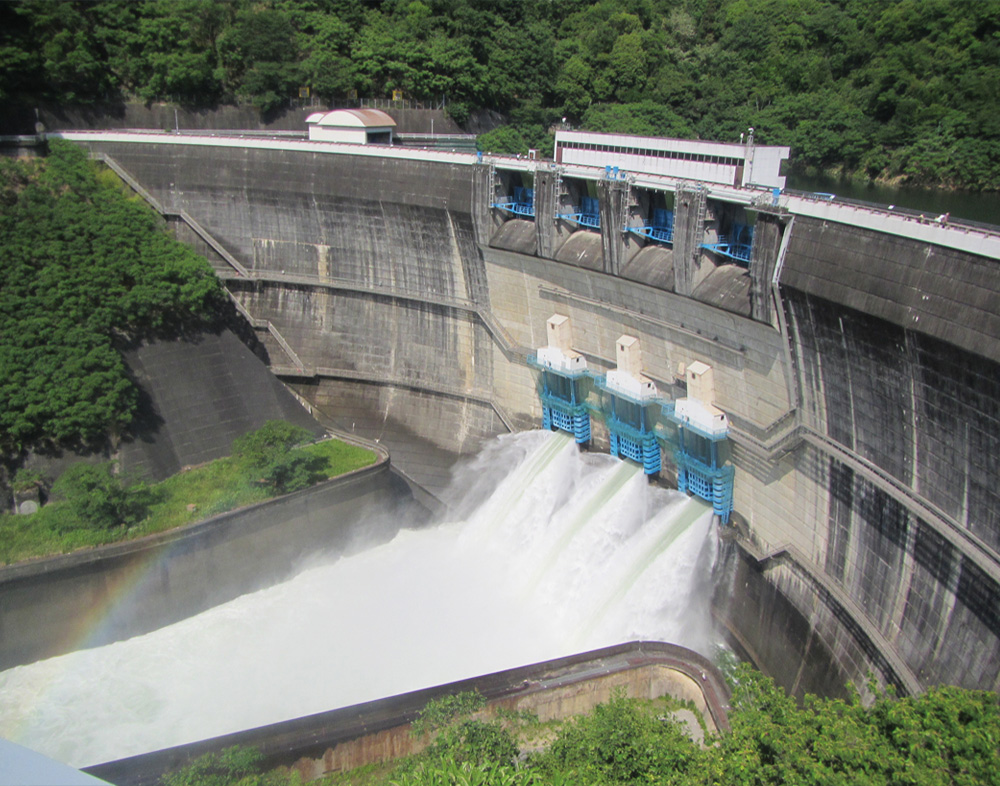

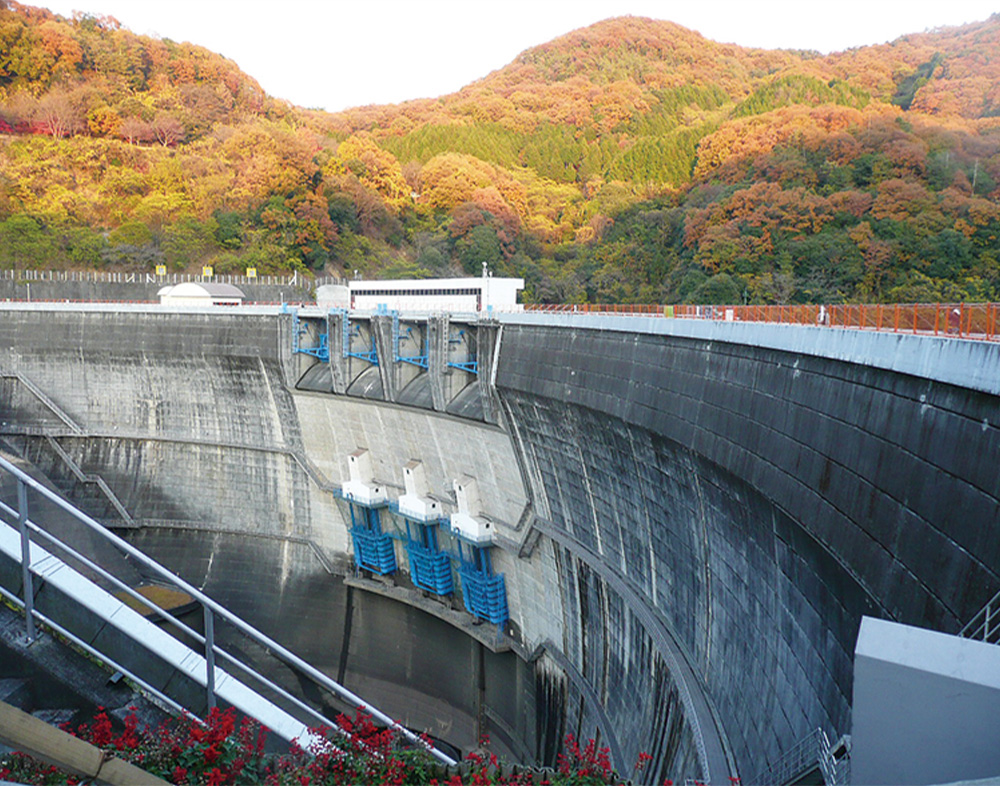
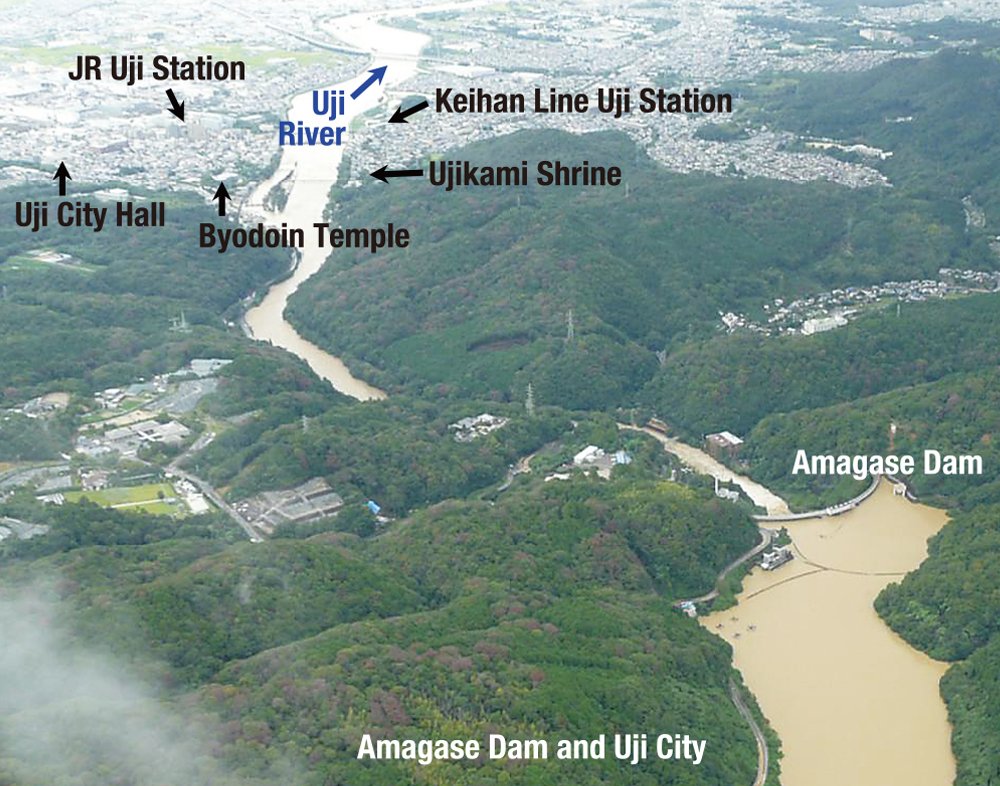
 Back
Back